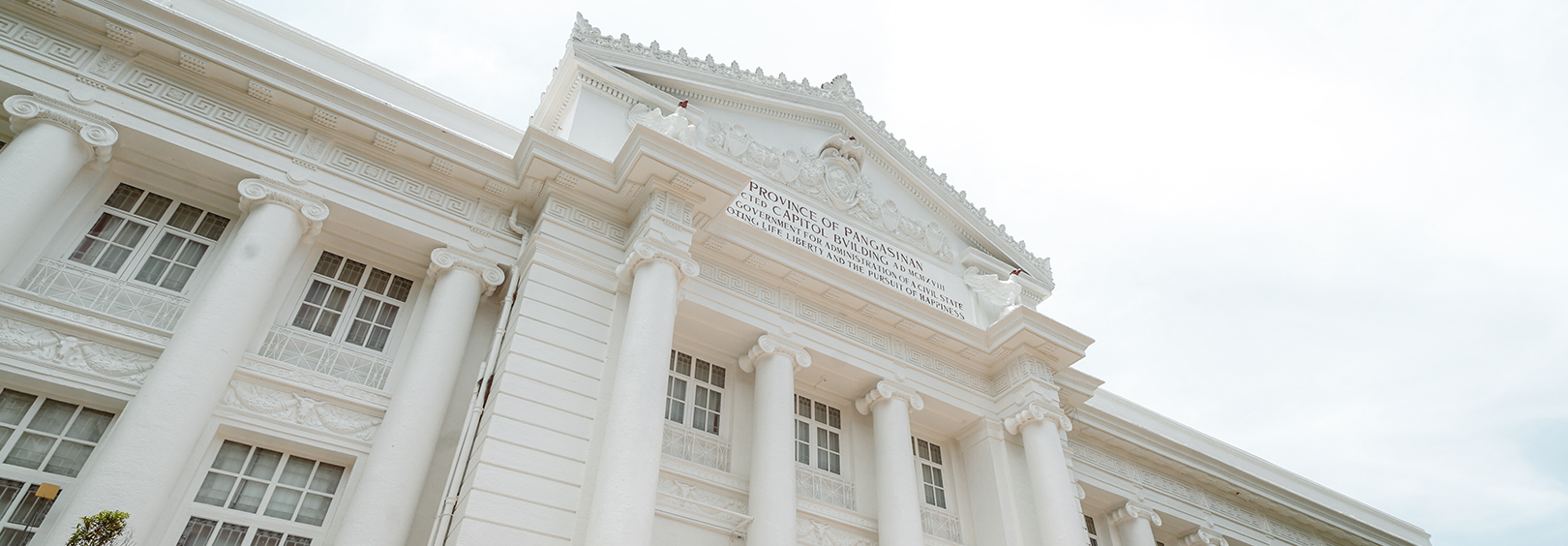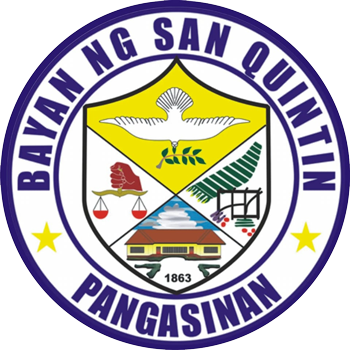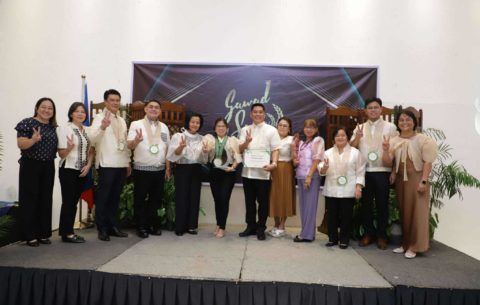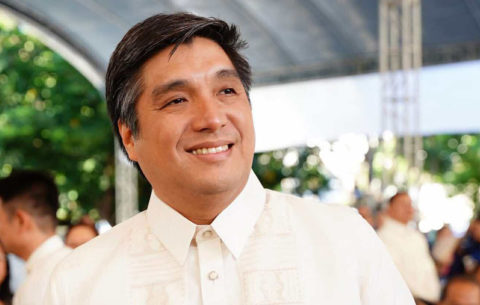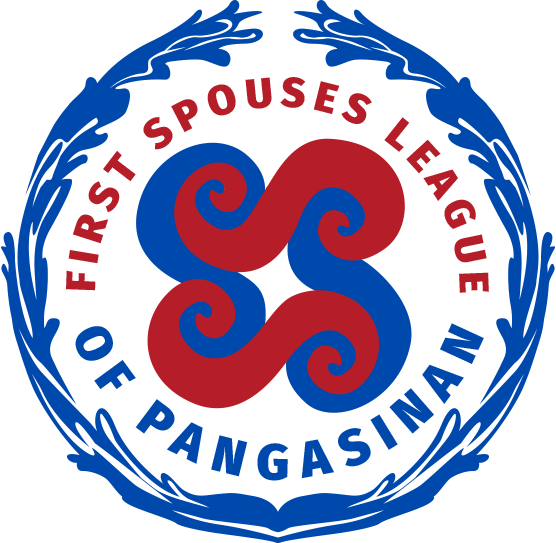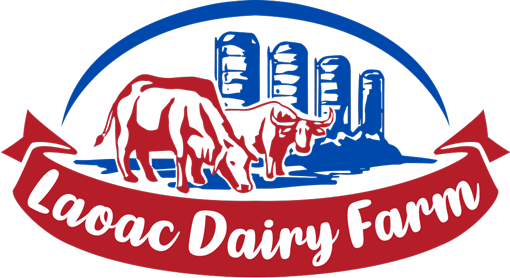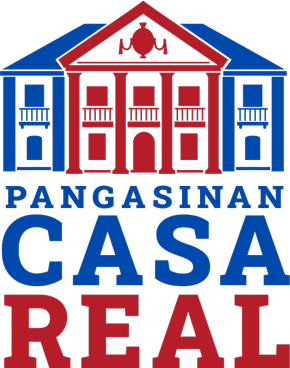The start of the 18th century saw the migration of Christian settlers from La Union and Ilocos Sur to the land we now know as San Quintin. Before the arrival of the Christians, the land was dominated by a tribe called “Ubilaos”, a group notorious for their cannibalistic nature. Due to the migration of other groups, the tribe was forced to relocate deeper into the forest, a settlement they called Lango-lango. In due time, harmony was restored as the tribe and settlers started trading with each other further accelerating the economic growth of Lango-lango. The settlement became a barrio of the town of Umingan as a result.
In 1861, through the initiative of Don Quintin Lictawa, called for a “Great Conference” that was attended by various leaders to ask the Spanish regime to establish the barrio as an independent town to be named San Quintin. In 1863, a Spanish decree was enacted giving birth to the municipality of San Quintin.
San Quintin is part of the sixth congressional district. It has a total land area of 11,590 hectares and a population of 33,980 people according to the 2020 census.
An agricultural town, a huge chunk of the population is involved in farming. San Quintin produces rice, onions, corn, and vegetables as its main crops. the town also produces pork, beef, and poultry products.
One major attraction in San Quintin is the spectacular Dipalo River Park, tucked within the Caraballo Mountain Range that abuts the beginnings of the Nueva Ecija plains. Visitors frolic to the place to dip into the pristine and cool river water and go upstream to several waterfalls like Katukakan Falls, Dipalo Falls, and Kalipkip Falls.
Officials
Mayor
Florence Tiu
Vice Mayor
Orlando Calimlim
Councilors
John Valiente
Clifford Gerard Tiu
Alexi Rinoso Viado
Geoff Emerson Chiu
Farah Lee Lumahan
Ariel Ferreria
Rosemarie Dela Cruz
Napoleon Co


